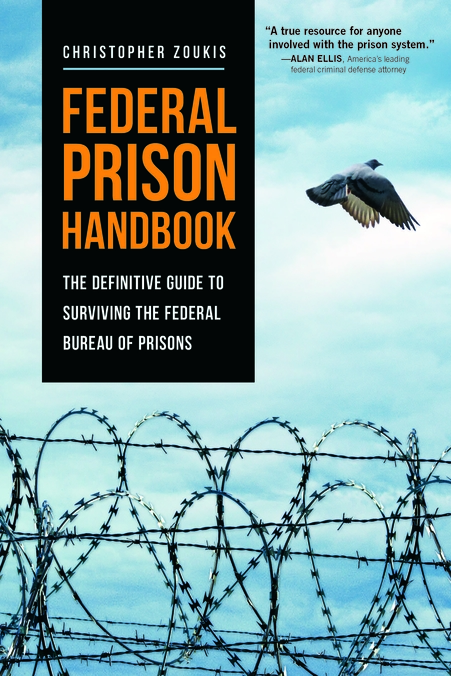PLN article cited in article re equal treatment for prisoners
Emphasize the ‘all’ in equality
Editor’s Note: This is the third installment in a four-part editorial series regarding prison reform and the issues surrounding it.
In order to continue a discussion of meaningful and needed prison reform, the focus now shifts to equality in prisons, both for gender and race.
One issue that is prominent in female prisons is the lack of quality feminine hygiene products. About 54 percent of incarcerated women do not get enough sanitary napkins for the month, according to a study by the Correctional Association of New York. This study finds that about 24 pads are distributed to each prisoner per month, but they are typically low quality and unable withstand the entire menstrual cycle. If women need more supplies, they must purchase them through the commissary.
To make a purchase at the commissary, prisoners must have money in their personal accounts, which either comes from employment at the institution or from outside family or friends. Those who hold jobs in federal prisons make a maximum wage of $1.15 per hour, with a minimum of 23 cents, according to the Prison Policy Initiative. Tampons and pads can range from $10 to as much as $25 per box when the prison reaches a shortage, making the purchase of additional supplies a large investment for prisoners. This is more common than some may think, as described by the Prison Legal News organization, because when the store runs out of items, they must renew their contracts. Often these go through smoothly, but sometimes the contracts can take months to be approved, leaving the stock on items low or nonexistent. Items like soap are considered a necessity, so the prison will continue to provide those even when stock is low. However, feminine products are not categorized the same way, according to the Texas Department of Criminal Justice.
Those who receive money from outside sources tend to be from wealthier backgrounds, which makes being able to purchase a necessity another clear distinction between those who are from different socioeconomic backgrounds. This can add to the tension of an already stressful climate, and while tensions may not stem directly from a lack of feminine products, it is important to note the way that all parts of a prison can indirectly affect one another, as stated by Bruce Western and Becky Pettit in their work, “Incarceration & social inequality.”
One of these overlapping issue is the racial inequality in prisons. Minority parties who are incarcerated tend to be treated differently by disciplinary members, Andrea Armstrong wrote in the UC Irvine Law Review. This practice is given a handle of freedom by many prisons’ “catchall rules,” which allow for prison guards to use their own discretion when punishing prisoners. This allows for harsh punishment toward behavior and demeanor, two factors that can be widely influenced by a racial preference. According to the “Implications Association Test,” a prison guard is more likely to perceive anger from a black inmate than a white inmate, implying that race has a role in prison regulation, especially in cases where infractions could have been implied, rather than acted out (i.e. attitude related infractions).
The Supreme Court has enacted Washington v. Davis, an employment law case which requires actual intent to qualify the strict scrutiny of racial cases. Racial preference is often hard to prove, as seen in McCleskey v. Kemp. In this case, a petitioner brought the Supreme Court statistical evidence of Black convicts being sentenced to death more often than White convicts, at a stark 4.3 percent more. However, McCleskey was unable to provide discriminatory purpose, which means that decisions were made specifically to cause harm to a specific race, even though that could be understood by the facts presented. This is an issue that prisoners come across if they choose to pursue court, as they not have access to specific evidence in most disciplinary cases, as explained in the case review.
This brings to light the cycle of bias and inequality in prison systems. Those who are oppressed or wronged do not have the proper channels to fight injustice, leading to continued strife and heightened tensions. Incarceration is a large part of America’s society, with an estimated 6.7 million people imprisoned in 2015, as listed by the Bureau of Justice Statistics, not to mention the number of people who work for the courts and run the prison system in some capacity. If that many people are a part of a flawed system, one that continually cycles people in and out of the free population, the tensions found inside of the prison have the ability to spread among those outside of the jail cells. To expect the issues among the incarcerated to remain inside of the prison walls is incredibly naive. Heads must be turned toward the prison system, and an effort to alleviate inequality must be made for all citizens, whether incarcerated or not.







